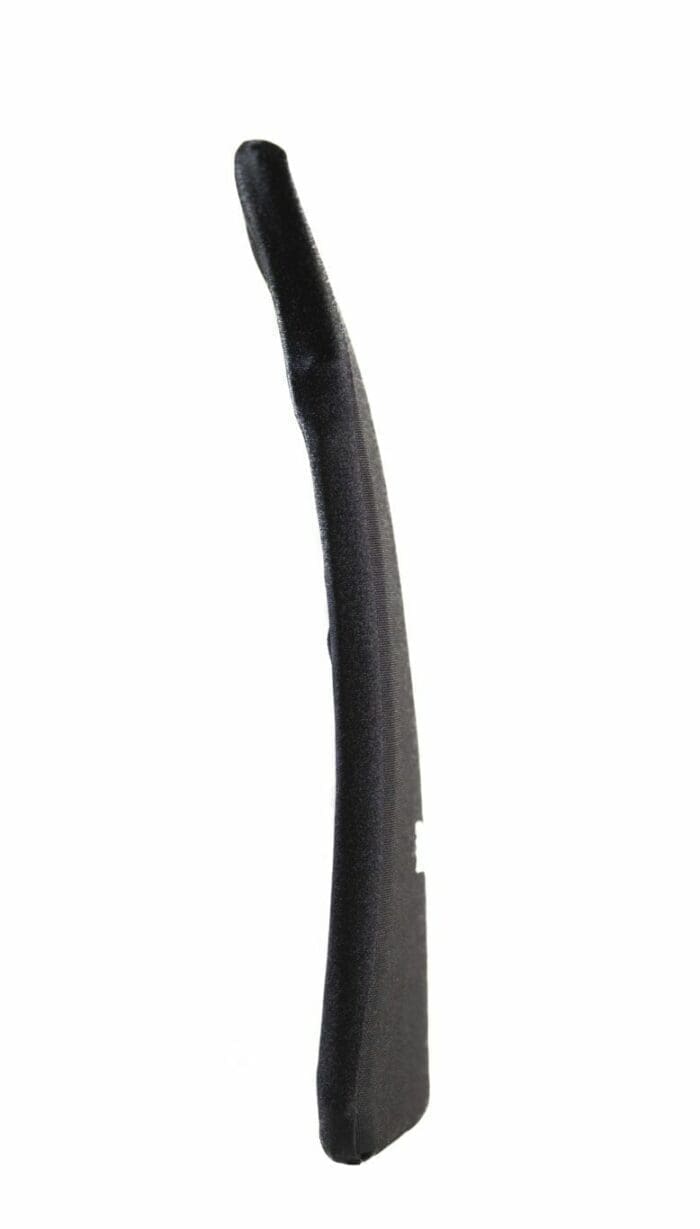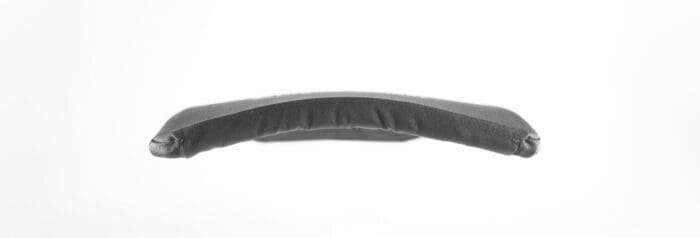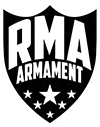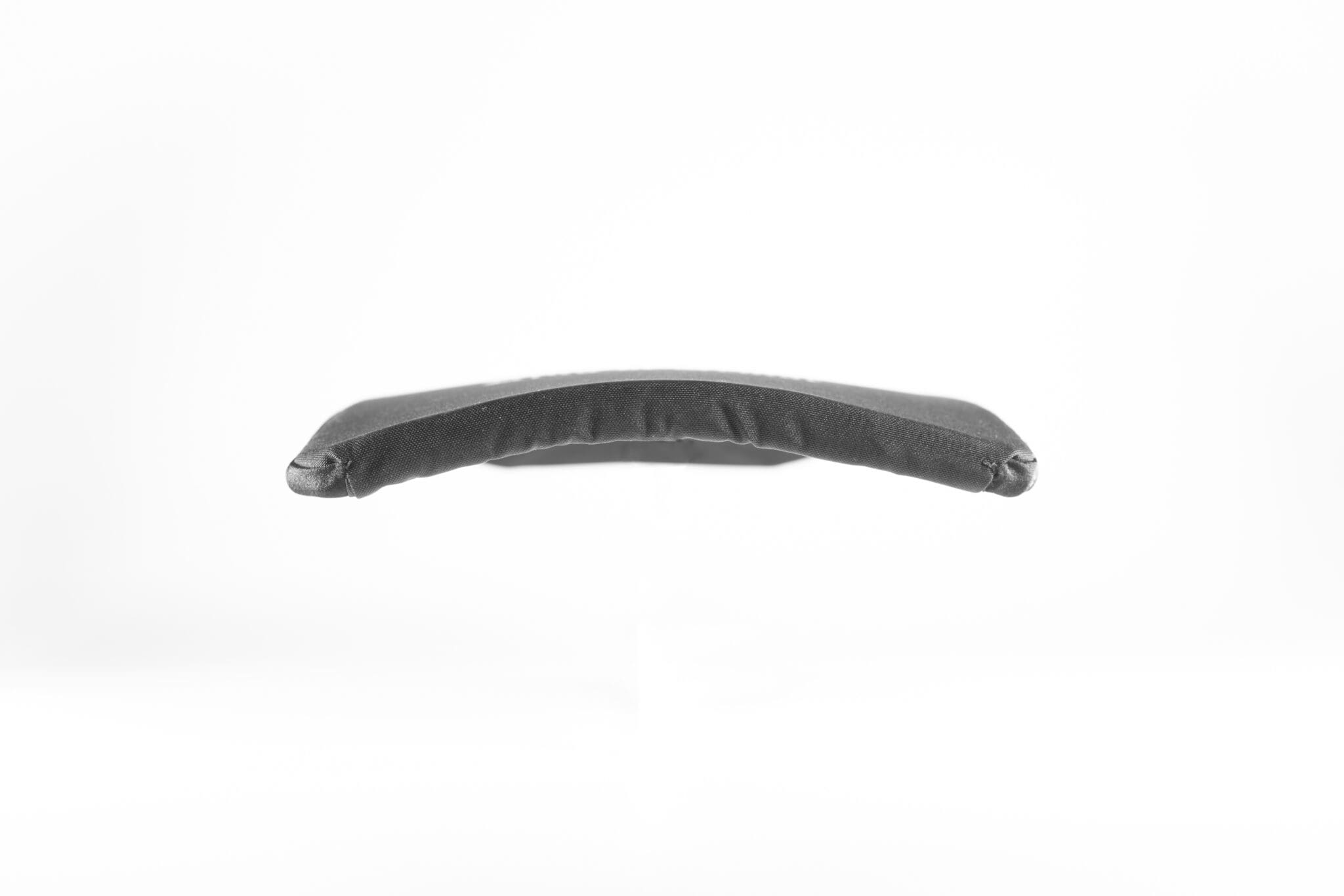What is an ESRT (Enhanced SRT Plate)?

RMA’s new ESRT isn’t the first plate we’ve made outside of typical NIJ standards. Our original SRT plate is very similar, and we’re looking to make more of them. It’s our latest in a class of products that don’t fit inside the NIJ’s limited molds. We build this plate specifically for covert special operations, law enforcement duty, and EDC use. End users can elevate their armor protection to defeat the most common threats worldwide. Even under the most extreme circumstances when an active shooter is using an AR-15 or AK-47.
The ESRT is capable of defeating multiple impacts from M193, M855, M855A1, 7.63X39 FMJ, 7.62X39 MSC, and even 7.62X39 API-BZ. Wow! Plus, it defeats an array of larger caliber FMJ rounds like 308 in addition to virtually every handgun round available today such as 9mm, .40 S&W, .45 ACP, 5.7, and more. All of this in a concealable package typically reserved for soft armor vests. It’s positively revolutionary.
In addition to standalone threats, the ESRT is rated to defeat NIJ 07 RF2 threats when worn in conjunction with IIIA soft armor. For law enforcement officers that need to rapidly up-armor to counter a rifle threat, the ultra slim and lightweight ESRT is the ultimate answer. Those that want to upgrade their soft armor insert in their backpack will also find the ESRT is the answer. For plainclothes operations in non-permissive environments, the ESRT is the answer.
Why not certify the ESRT?
Because of the way NIJ protocols are written, we are not allowed to have this plate certified at any level. NIJ tests and approves Level IIIA panels in a “C-shape” pattern similar to a Contego concealable vest, which isn’t possible with ceramic. While that’s something of a nuisance for everyone making IIIA backpack panels out there, it stands out even more when a plate becomes capable of defeating common rifle rounds that NIJ doesn’t test for, such as 5.56 and 7.62X39.
Because we built it to survive multiple 7.62X39 API-BZ and 5.56mm M855A1 impacts instead of 6 rounds of steel jacketed M80, we were able to build something entirely new. Even though it bests Level III certified plates by defeating rounds they are incapable of defeating, it can’t be Level III certified. Plus, the ESRT has a set of properties that make it ideal for situations that don’t warrant steel jacketed M80 protection—which in 2023 is every situation ever.
NIJ’s Level III Standard Isn’t Comprehensive.
NIJ’s Level III test looks for a plate to defeat 6 rounds from steel jacketed lead core M80 7.62X51 and nothing more. This is not the same 7.62 M80 or 308 you buy at Cabela’s. This former military round is still in the arsenals of some NATO allies, but is already obsolete in the US military and has been replaced by the new and devastating M80A1. M80A1 inches very close to operating as a Level IV round and is used almost exclusively by US military machine gunners.
NIJ supposes the Level III test covers non-armor piercing rifle rounds. So they use a steel jacketed lead round to simulate worst case scenario impacts from ordinary copper-jacketed FMJ rifle rounds. It worked for a while, until it didn’t. Green tip M855 and M855A1 penetrator rounds easily defeat Level III certified plates. And in 2023, they are readily available at almost any ordinary gun store across the United States.
Penetrator Rounds
These 5.56 ammunition variants belong to a class of firearms known as AR-15s. They’re the most popular rifle in the United States. Despite being commonly used in mass shootings, the NIJ still isn’t particularly interested in using these rounds as a part of the upcoming 07 standard without first ensuring compliance with steel jacketed M80 round impacts—an obsolete cartridge that nobody in the US uses for anything except armor testing. Because of the peculiar properties of M80 steel, the new 07 rifle standards will continue to mandate that all rifle-rated plates be very thick to account for the old steel jacketed M80 test first.
On the heels of M855, a new generation of 5.56mm penetrator ammunition named M855A1 was born. Higher velocity and with a larger penetrating tip, this new round replaced the well-known ‘green tip’ M855 in US military stockpiles. The new M855A1 round is so prevalent that it is readily available in many places online for civilians to buy in large quantities. Thus, armor manufacturers must begin to consider this a real threat for civilian, law enforcement, and military products.
NIJ’s level III test is deemed irrelevant by the very law enforcement users it was made for. Both the FBI and DEA have developed their own ballistic testing protocols to account for these common threats that NIJ doesn’t test for. Why steel jacketed M80 continues to be the minimum rifle standard is anyone’s guess.
Thus, we began wondering what we could do if we ignored the irrelevant steel jacketed M80 standard and built armor that stands up to threats in the real world, not just an arbitrary lab test.
What about Level IV?
Level IV plates provide a pretty comprehensive level of coverage worldwide. But their protection, weight, and mass are substantially more than virtually anyone realistically needs. Plus, Level IV plates are actually only rated for a single impact unless otherwise specified.
Anyone that’s ever been in the military knows that ounces are pounds, and pounds are pain. If you’ve never worn your kit off of a flat range, try hiking a mountain with it. You’ll rapidly begin to see the value in lighter and thinner plates rated under Level IV that meet or exceed all of the threats you’re likely to face along with multi-hit protection capability. Trade away the unnecessary bulk and weight it takes to stop rounds you’re almost certain to never be shot with.
Price, protection, and weight are all tradeoffs. The reason police officers don’t walk around in EOD suits is simple. They’re hot, heavy, bulky, burdensome, and they make doing normal things essentially impossible. We have to draw the line somewhere when we make armor for humans to wear on their bodies.

Thinness
The bulkier and heavier your gear is, the more difficult it is to effectively evade or engage a hostile actor.
Think of your armor as a catastrophic insurance policy—not a first resort. Standing around absorbing bullets is a fast way to die.
By keeping your armor thinner, we made concealing ESRT rifle-rated armor an option. For overt situations, a thinner plate will keep the weight of your gear closer to your body. By reducing the distance between your muscles and your gear’s mass, you’re reducing the inertial leverage it has fighting against you when you move. The ESRT reduces the felt impact of mass inertia on your body, increasing cardiovascular endurance and reducing muscle fatigue.
Beyond reducing both real and perceived mass/weight burden, thinning your gear makes it easier to use in confined spaces such as vehicles and buildings. Slick gear looks good, but it’s also more functional. The smaller you are, the less likely you are to make motions you don’t intend. That includes rolling around corners or huffing and puffing to get out of a car. You’re also less likely to get stuck on loose nails and door jambs. Additionally, you present an overall smaller target profile to a hostile actor. Tactically, a slimmer overt kit is an enormous advantage in an engagement.
No matter your fitness or training level, upgrading your gear to be lighter and thinner will lift your performance ceiling.
Weight
At only 5 lbs, the ESRT is ready for anything. Never before has any plate–let alone an SRT plate–been so capable, and yet so thin and light. For staying low-profile, there is no higher rating of protection in such a covert package.
Deployment
Law enforcement officers that need to up-armor will find it’s easy to add the ESRT to a compatible carrier. With such a small profile, your gear will be right where your muscle memory expects it to be. Plus, adding an ESRT doesn’t just protect you from standalone 5.56 and 7.62 threats. The ESRT works in conjunction with your existing IIIA armor to elevate your protection level to NIJ 07 RF2 threats. That even includes steel jacketed M80.
Civilians and plainclothes operators can choose to utilize the ESRT as concealed AK-47 or AR-15 rifle protection under normal clothing. Additionally, you can use it as a stunningly capable ballistic insert in a backpack. Plainclothes ops, executive protection, and operating in non-permissive environments will never be the same.
For overt use, think about including IIIA soft armor or a trauma pad backer. This upgrades your protection to a proper III+/RF2 level. Due to the extreme thinness of this plate, there aren’t many overt plate carriers that are ready for standalone use at this time. That is, without significant wiggle room in the plate bag. It’s THAT thin (don’t worry, we’re working on it!). Covert carriers such as the RMA CPC and First Spear Slick are ideal for maintaining an ultra low profile.
Conclusion
The extraordinary ESRT is more than a rifle plate. This SRT plate stands ready to counter all of the most common threats found across the world. There’s never been an easier, lighter, thinner, and more convenient way to protect yourself from handguns and rifles alike.








